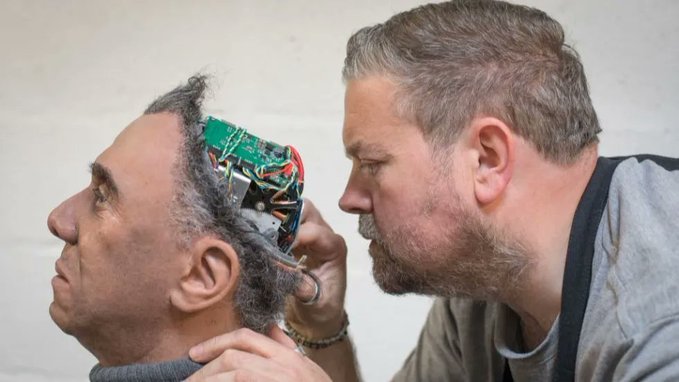
It was a busy weekend at the local supermarket, and lines were forming at checkout. Around a half-dozen people lined up at the automated checkout registers when I noticed there was no line at the checkout where a human cashier was waiting. When a customer approached the checkout area, they scanned the options and decided to wait in line for the automated checkout instead of walking right up to the cashier with no wait. I could not resist asking the customer why they chose to wait for a machine instead of getting immediate service from a human. Their response carries an important message for the future of artificial intelligence (AI) and the robots it enables: “I don’t want them (the human cashier) looking at everything that I’m buying, and I don’t care for their opinions of what I’m getting.”
(Author’s note: Throughout this column, I intentionally conflate the terms “robot” and “drone” and often ignore the difference between a robot that is remote-controlled by a human and a robot that is AI-enabled, and thus to some degree autonomous. There probably was a time — decades ago — when these terms described distinct “remote-controlled” or “AI-enabled/autonomous” categories, but there is little difference today, as remote control and AI merge — and less as each day passes.)
